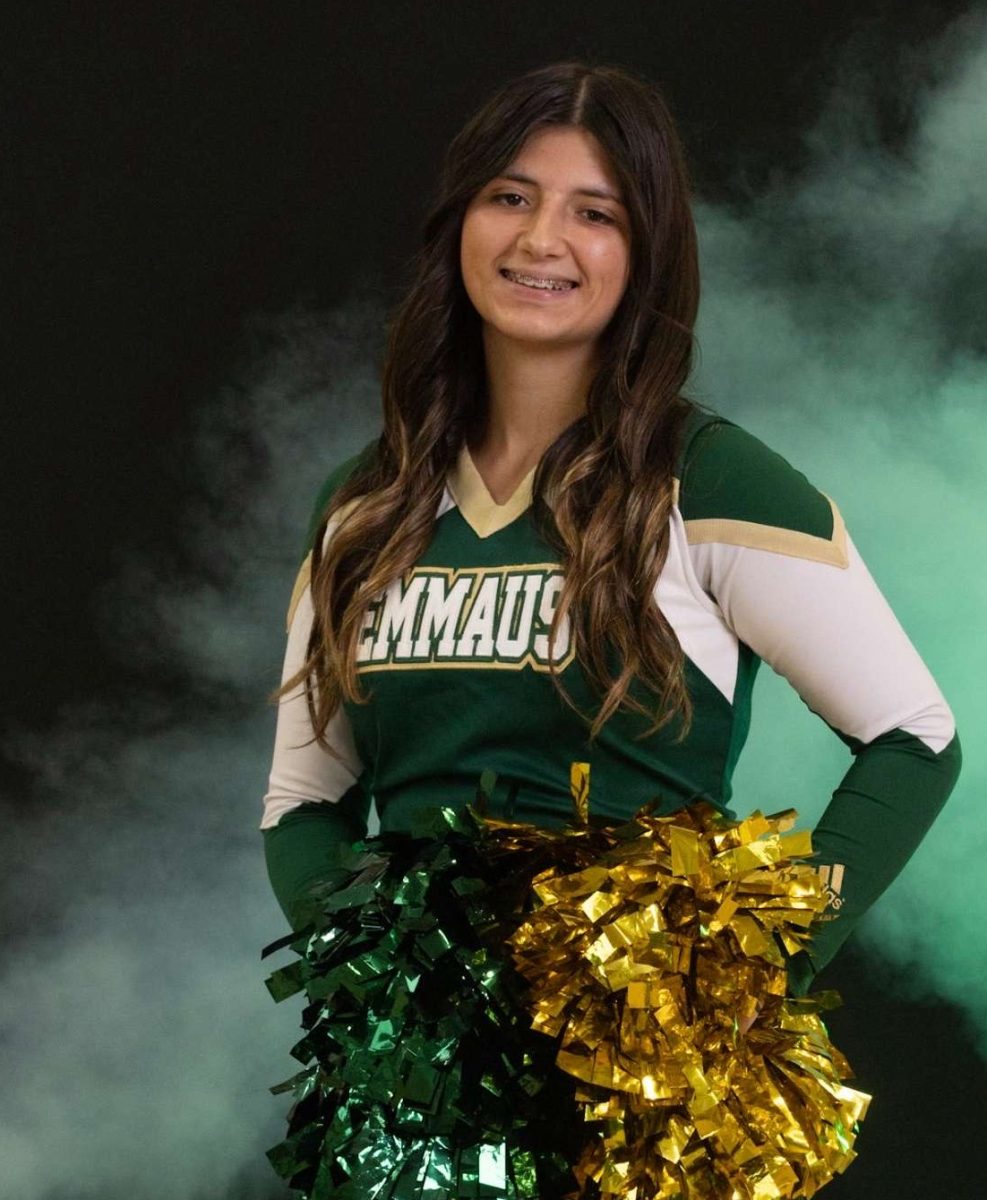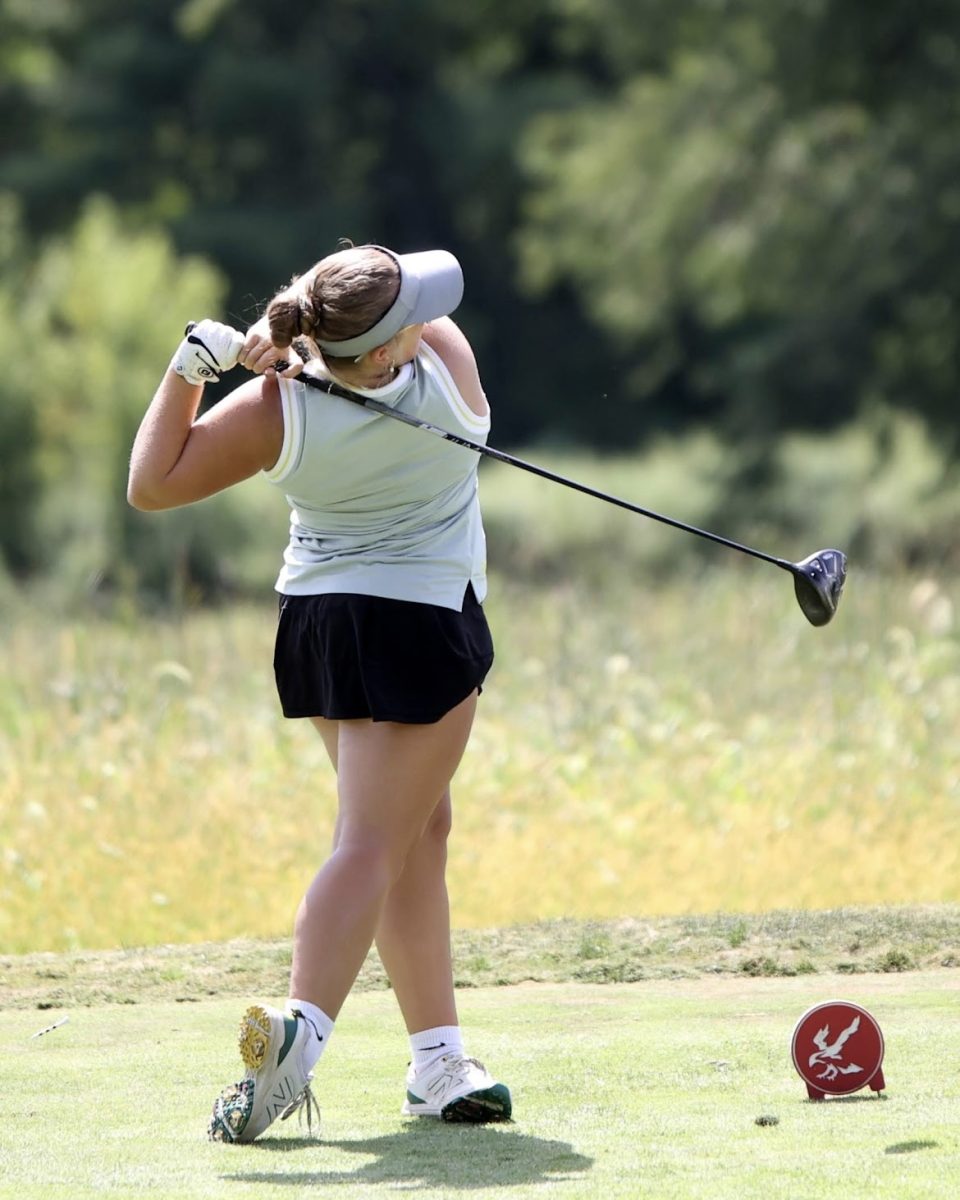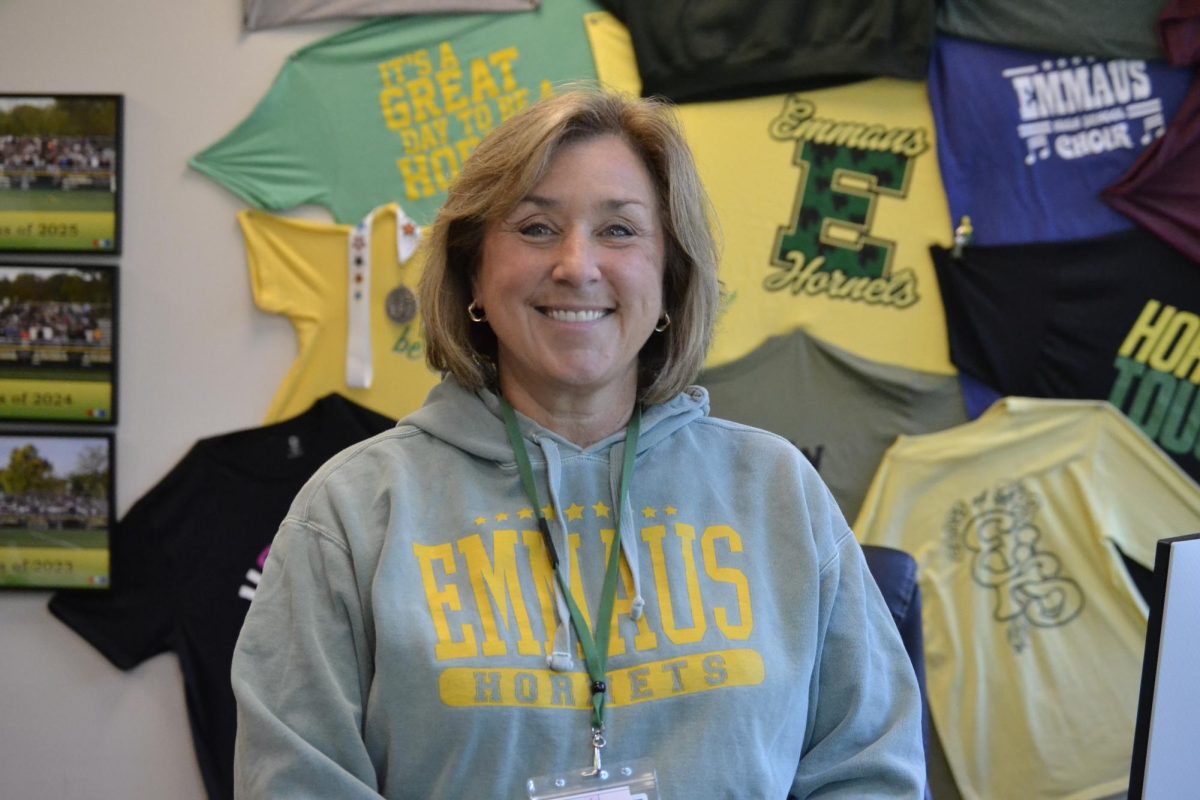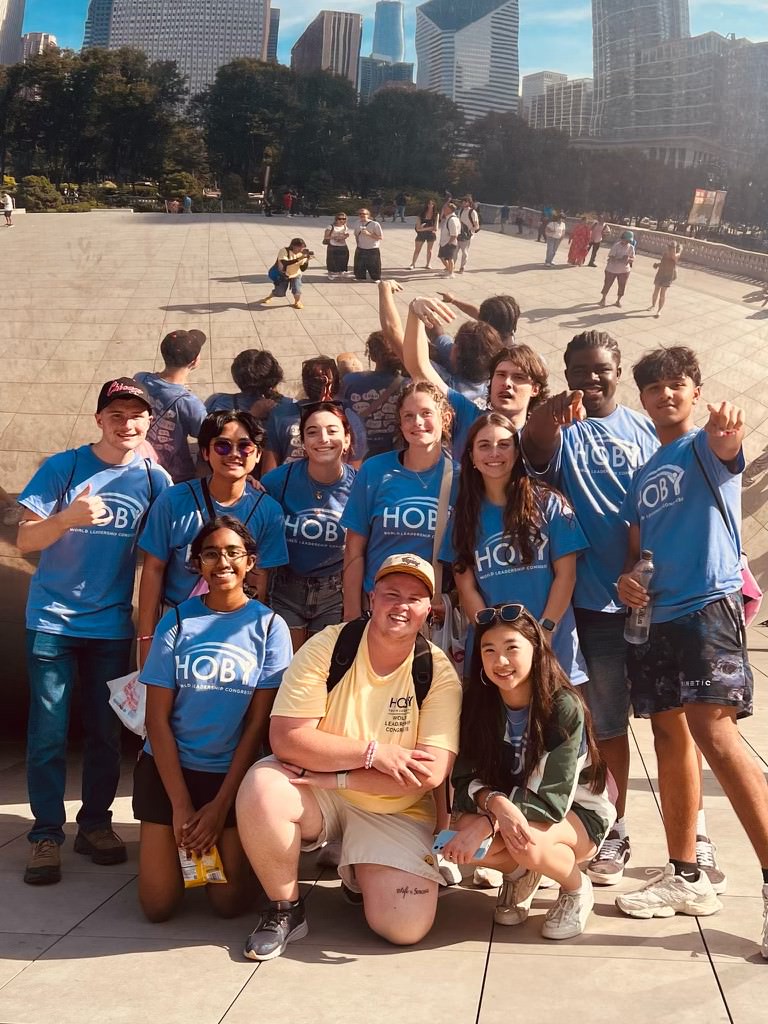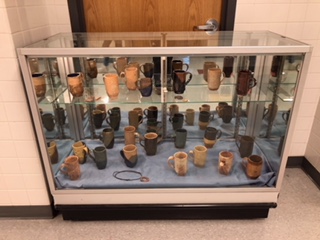
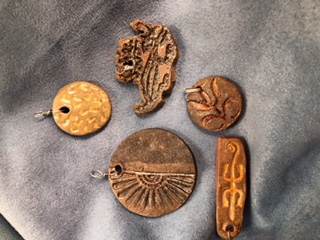
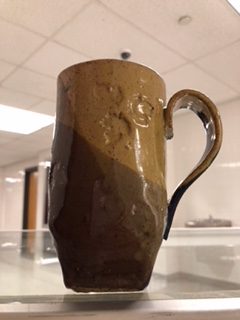
Need a quick gift for the holidays? The ceramics students have you covered.
Students in Emmaus High School’s Ceramics 2 and 3 classes have been making artwork throughout the year to sell to at the ceramic shop. This month’s featured work consists of designed mugs starting at $12, clay pendants at $6, and a pendant strung onto a necklace for $10.
The students, taught by Lisa Caruso, came up with this idea to sell their creations for educational purposes.
“[The store] is a good idea, good way to get our stuff out there,” junior Owen Dunkle, president of the EHS Mud Club, said about the shop. “There isn’t really enough [information out there about] what it does.”
All of the clay-work is handmade by the students.
The store is “like a partnership,” Caruso said.
“It is for education, a big hands on experience for kids, learning and developing techniques and also learning about how to package and present the work,” she said. “They can make something that is appreciated by other people and not only by their mom.”
The handmade pieces sit in a display case outside of Room 520. Anytime throughout the school day, except third period, are ideal to buy artwork. The shop is open for purchases on Tuesdays until 3:30 or by making an appointment with Caruso after school. Students wrap the work tightly and put their logo on it, making the item available as a gift.
This week, new projects will be out at a price point of $20, such as short, wider mugs with a saucer, luminaries with a light, and berry bowls that can double as a strainer.
All of the money collected from their profit will go towards new supplies, a field trip, or “EHS bucks.” The students will come to class and clock in under their name to keep track of their hours spent working at the store. They also come in after school or during free periods. At the end of the year, each person can cash in their given amount of EHS bucks, according to the time they’ve spent with their business, and use them towards anything relating to the high school such as a library fine, prom tickets, or a snack from the cafeteria. Making the ceramic artwork is a group effort, meaning the students organize themselves into an assembly line where each person has a specific role to play.
The fragile, yet practical items are arranged to be sold in sets. For example, the mugs with saucer may come with hot chocolate or tea bags and the luminaries paired with a light and mini luminarie. Every month the class plans on showing new merchandise in the display case outside of Room 520. Any updates involving the ceramic shop will be listed on the student announcements.
“Even if there’s no money involved it’s still a very valuable experience for the kid,” Caruso said.



